| |

|
 | | | Anna Justine Mahler (1904 - 1988)
sculptress & Alma´s second daughter Listen to Anna Mahler's voice:
About her mother Alma (1,7 MB)
Memories to her father Gustav Mahler Anna (»Gucki«) lost her father, Gustav Mahler, at the early age of seven, and thereafter shared the inconstant life of her mother Alma. As a small child, she would sit for hours in Kokoschka´s studio, watching him painting »The Bride of the Wind«. Gropius and Werfel became her stepfathers. Frequent changes of place, coupled with Alma´s changing friendships, characterized her youth. After showing an initial interest in music, she became a painter and sculptress and, in 1937, was awarded the »Grand Prix« at the Paris World Fair for her sculpture »Female Nude«. In 1938 she emigrated to London, which meant, above all, a painful end of her close attachment to her mother´s pitiful third husband, Franz Werfel.
| | 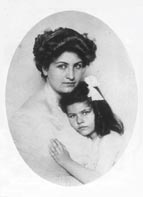 |  |  |  | 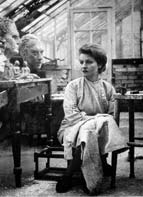 | 
left: Alma and her daughter Anna (around 1912)
center: Anna Mahler
right: Anna in her studio in London (1948) | | | |
"Value in art is not determined by superficial characteristics, but by the ability to reach and touch our innermost feelings" (Anna Mahler).
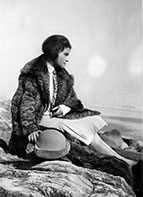 |  | 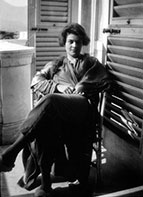 |  | 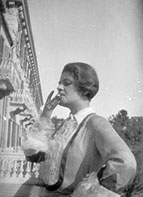 | 
left: Anna Mahler in Sicily (1925)
center: Anna Mahler in Venice (1920s)
right: Anna Mahler in Santa Margherita in front of Hotel Imperial (1920s) | In the lecture of 1962 from which these words are taken, Anna Mahler forcefully and fearlessly expressed her convictions which she had followed throughout her life. She knew that nobody could suspect her of being ignorant of the extremist movement that had dominated this century, but she also explained why so much of that art which she knew so well appeared to her a mere pursuit of novelty for novelty's sake, a pursuit that had ended in the dehumanisation of art. Her masterly portrait busts are witness to her utter rejection of these tendencies. So, of course are her monumental creations, highly stylised as they may seem. "Nature", she wrote, "is the realm of art, but Nature must be represented by the work of a human mind and hand. This means stylization, consciously or unconsciously. The true artist will always try to get as close to Nature as possible, not to its surface, but to its core, its essence… an image not in the sense of superficial representation, but in the Platonic sense… it will reflect a universal image of the world, the true essential reality - in the language of themedieval German Mystics - the Ground of all Being". This, she also wrote, will give us "the almost mystical certainty that the universe makes sense". 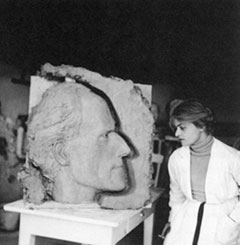 |  |  | 
left: Anna Mahler (1930s)
right: Anna Mahler (1930s) | | | 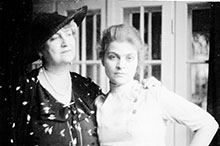 |  | 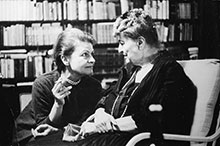 | 
left: Alma and Anna Mahler in their villa at "Hohe Warte" in Vienna (1933)
right: Alma and Anna Mahler (1961) |
| | |
